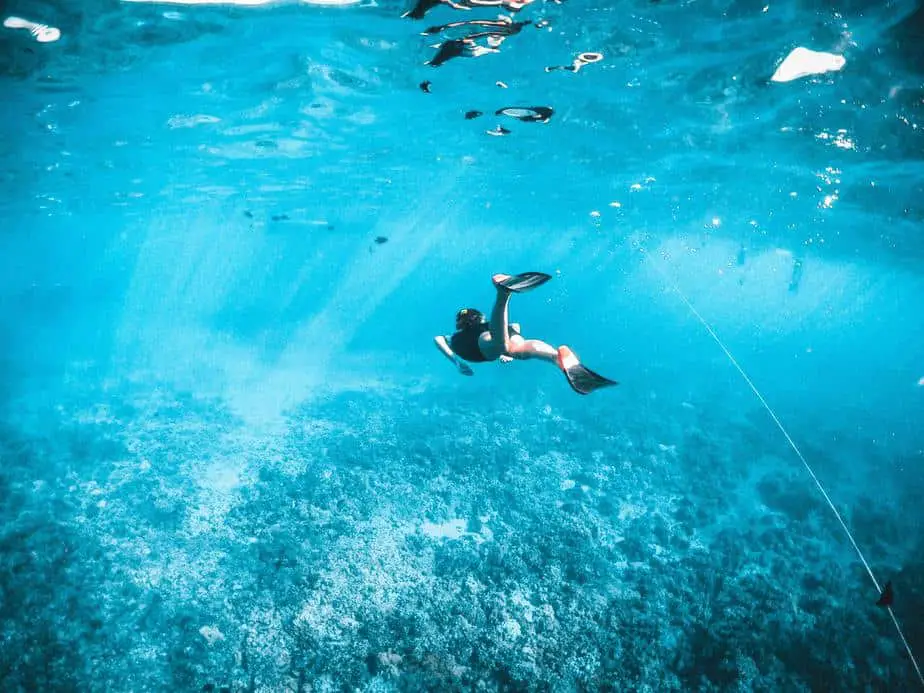Australia’s Great Barrier Reef is the most extensive coral reef system in the world. As you might imagine, this also makes it an attractive destination for snorkelers and scuba divers. If you’re ever in the area and aren’t afraid to get a little wet, then perhaps a snorkel trip is in order.
However, as any cautious person would be, you might have some concerns regarding how safe it is to snorkel at the Great Barrier Reef. Perhaps it has some rough water conditions or is home to dangerous animals? Thankfully, this amazing snorkeling destination is no more dangerous than any other area as long as you snorkel responsibly and follow the rules.
In this article, we’ll discuss everything you need to know about how to snorkel safely in the Great Barrier Reef. We’ll cover topics like the best places at the Great Barrier Reef to snorkel, how to avoid potentially dangerous marine life, and other snorkeling tips to help you stay safe. So let’s dive into it and see if snorkeling at the Great Barrier Reef is in the future for you.
Is the Great Barrier Reef dangerous?
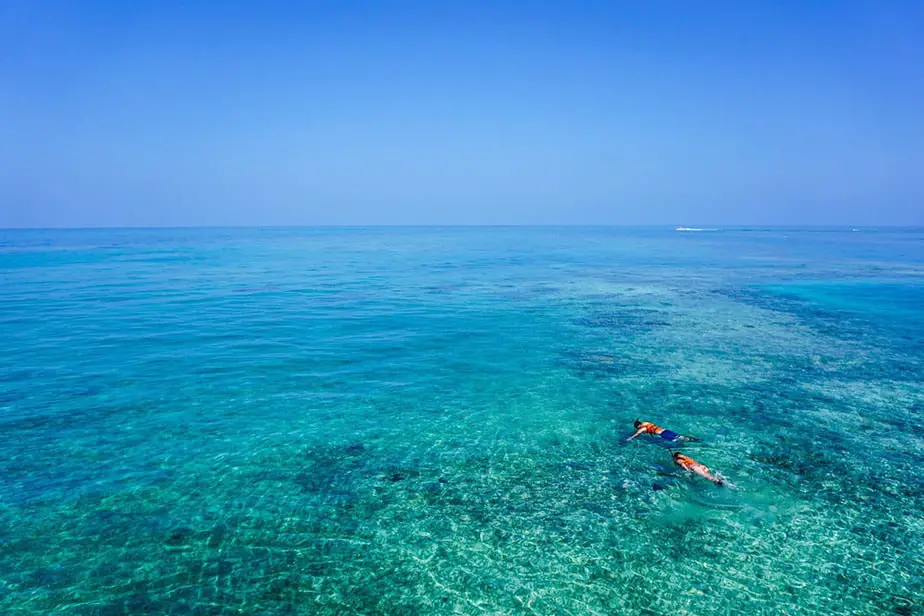
In general, no. In fact, snorkeling in general is quite safe, and the Great Barrier Reef in particular is extra safe. Since it is such a popular tourist destination, there are rules and regulations in place to ensure that any businesses that take people on tour are following safety guidelines.
Let’s talk a little bit about the Great Barrier Reef to give you an idea of what you’re dealing with. Anything with the word “Great” in its name should give you a heads up about what to expect. The Great Barrier Reef doesn’t disappoint; it comprises 3,000 smaller reefs and 600 islands, making it the largest coral reef system globally.
The reef is expansive and stretches 1,430 mi (2,300 km) along the Queensland coast of northeast Australia. For reference, this reef covers a similar area as that of Italy, Germany, or Japan.
Another cool fact: the Great Barrier Reef is so large that it’s one of a few living organisms that can be seen from space and is considered a must-visit for people who love nature.
Australia is known for being blisteringly hot, so why not cool off in the water? The water temperature at the Great Barrier Reef is enjoyable year-round, so it’s always a good time to visit. Plus, the underwater views and marine life are vibrant and active which makes it a joy to observe.
More than two million tourists visit the Great Barrier Reef each year, and guess what the most popular activity is? Yup, it’s snorkeling. How can two million people go out of their way to check out this destination unless it were awe-inspiring and safe?
This snorkeling destination is no more dangerous than any other snorkeling destination. Your safety depends on your own snorkeling ability. If you are knowledgeable enough not to put yourself into situations where your life is in danger, then you will be safe.
That means if you’re not a strong swimmer, wear a life vest. In general, you should be wearing some kind of buoyancy aid. Don’t touch or feed the marine life. Check the weather conditions before heading out. Snorkel with a buddy, and so on. It’s not rocket science, and we have written an extensive guide on snorkeling tips everybody should know.
No matter where you’re snorkeling, being in the ocean inherently has some risks. You cannot always predict the weather or water conditions. You can’t predict animal behavior or if you will have an unexpected medical event.
However, by using common sense, being cautious, and following the local rules and advice from your tour guide, you can avoid most of the pitfalls of snorkeling. The tourism industry around the Great Barrier Reef, particularly snorkeling, is well-regulated and developed. This means that the people there know what they are doing and will teach you how to stay safe.
Official governing bodies such as the Australian Underwater Federation and the Great Barrier Reef Marine Park Authority are also monitoring the reef and can provide assistance if necessary.
Dangerous animals at the Great Barrier Reef
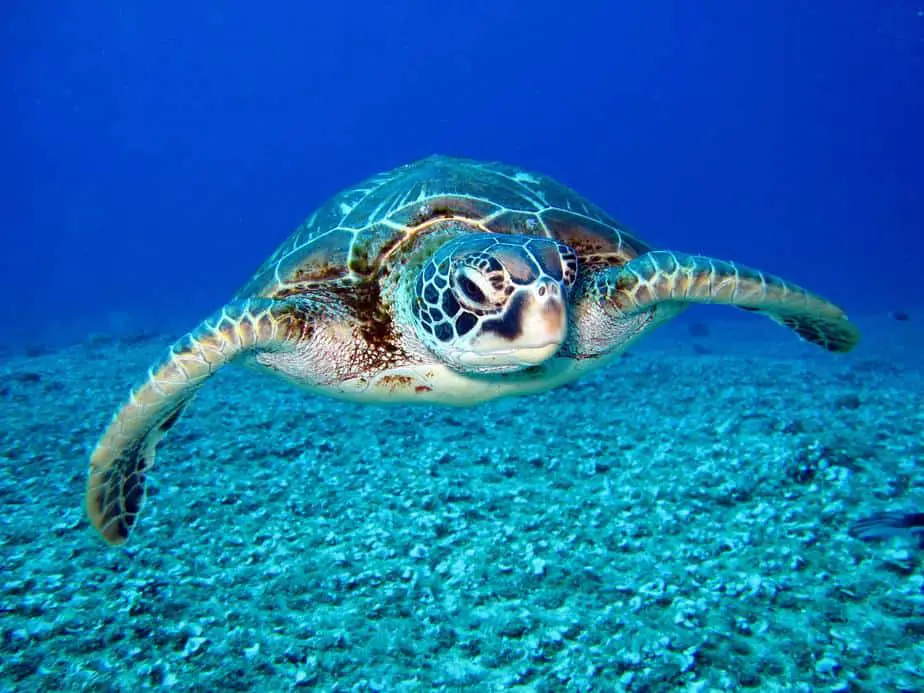
As a general rule of thumb, you should assume that all wild animals are dangerous. You should merely observe them from afar. Do not approach them, try to touch them, or feed them. You don’t have to take it from us, you’ll probably see signs all over the place telling you the same thing.
By following those rules, you can avoid most hazards, such as lionfish or jellyfish stings. The corals can also sting you or cut you if you accidentally hit them. Due to how sensitive corals are, you should keep your distance from them because they break easily.
Most people are concerned about getting attacked by the larger animals like sharks. In reality, shark attacks are such a rare event that statistically, it will probably never happen to you. As long as you aren’t trying to feed them or provoke them in any way, they will leave you alone.
Australia is home to some killer animals, and sometimes crocodiles are spotted on beaches or reefs, so keep an eye out for the seasonally changing local information and listen to the tour guide.
As we mentioned, the snorkeling industry is very developed here, and you can expect boat crews and snorkel guides to be highly experienced and competent at their jobs. The local rescue services are among the best in the world.
Since the Great Barrier Reef is absolutely massive, most of the tourist destinations are only concentrated in 7% of the total Great Barrier Reef Marine Park. In this small stretch of the reef, 86% of all tourists visit the waters near Port Douglas, Cairns, and the Whitsundays.
Most of these snorkeling sites require a boat journey which might make you feel a little nauseous, however it also means you’ll be in the company of a group of snorkelers and a snorkel guide.
Due to how large and diverse the Great Barrier Reef is, there are even dedicated locations for beginners to get started, and more advanced areas for experienced snorkelers.
Other safety concerns snorkeling at the Great Barrier Reef
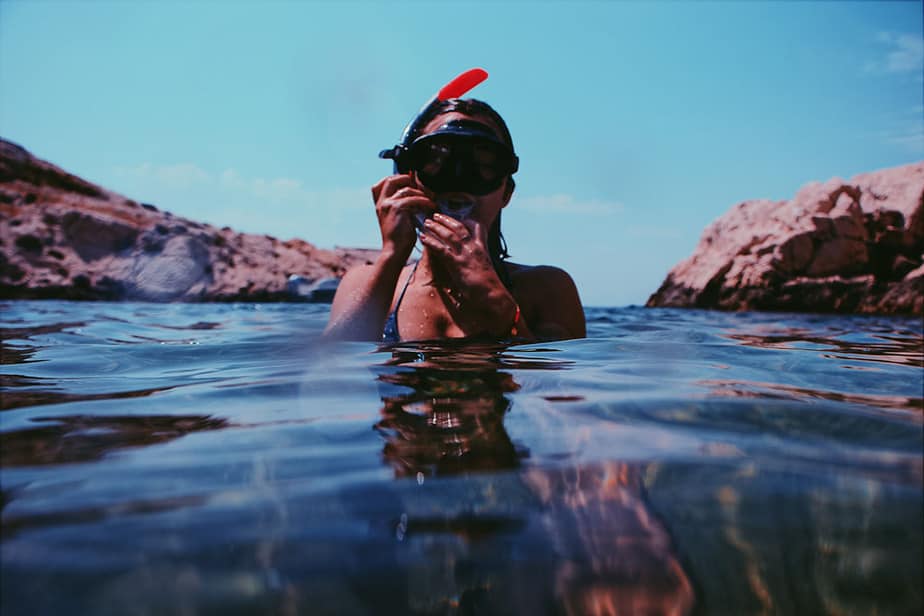
The biggest risk when you engage in any water sport is drowning, and snorkeling at the Great Barrier Reef is no exception. With that said, you can mitigate this risk by wearing a snorkel vest and snorkeling with a buddy or a group.
You also need to be a good judge of your own swimming ability. If you push past your limits with no back-up, then you might find yourself stranded with no energy to swim back. For this reason, you need to be in reasonable shape and have decent stamina if you plan on snorkeling without a buoyancy aid or a buddy. We recommend always wearing a flotation device and snorkeling with a buddy even if you are in shape.
Be prepared for all of the same risks that you’d expect to face in other snorkeling destinations. Australia is notorious for how blazing hot the sun is, so consider wearing sun protection clothing and reef-safe sunscreen to protect your skin from getting sunburned.
If you’re having some anxiety about snorkeling at the Great Barrier Reef, then perhaps you should practice snorkeling in a protected area such as a bay, lagoon, or a swimming pool before you attempt to snorkel in the ocean.
Where are the safest places to snorkel at the Great Barrier Reef?
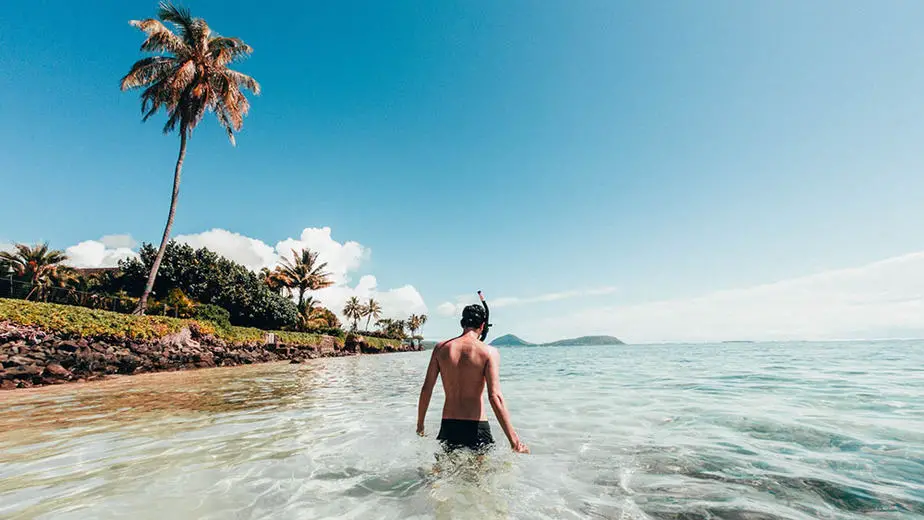
There are numerous locations you can start snorkeling from at the Great Barrier Reef. Depending on your skill level, some locations are probably better suited for beginners. Inexperienced snorkelers should start off in the more sheltered areas found near the beaches.
Snorkeling from the shore allows you to slowly ease your way into this activity at a comfortable pace. You don’t want to literally jump into the deep end if you’re not ready. Start in water that you can fully stand up in and progress to deeper waters at your own pace.
The recommended areas where you can safely snorkel from the beach are Fitzroy Island, Lady Elliot Island, and Pumpkin Island. You can also use the services of snorkel touring companies to give you a guided tour. They will provide you with a life jacket and an instructor that will teach you the basics of snorkeling. This is an excellent option for inexperienced snorkelers.
If you want to reach an off-shore location, you need to snorkel from a boat. There are two types of boat trips you can go on. The first option is a trip to permanently moored solid pontoons which are a solid choice for those with little snorkeling experience. These areas provide underwater viewing galleries, helmet diving, and mini-submarines.
This option is best suited for a large group of family and friends with varied experience levels since they provide something for everyone, even for those who don’t plan on snorkeling. There are also lifeguards on watch, so this is one of the safest snorkeling areas in the reef.
Furthermore, it’s standard operating procedure for tour companies in the Great Barrier Reef to turn away people if they don’t know how to swim. Even those who do know how to swim are advised to wear a buoyancy aid.
The second boating option for experienced snorkelers are the dedicated catamaran boat tours that can take guests to the most awe-inspiring reefs. Due to the rougher water conditions, you need to be a strong swimmer in order to take part in this adventure.
By choosing a tour that’s suitable for you and being honest with the operator about your skill level, the tour guide can help you more appropriately and keep an eye out for you. That way, you can enjoy snorkeling in the Great Barrier Reef while staying safe.
Should I be worried about sharks?
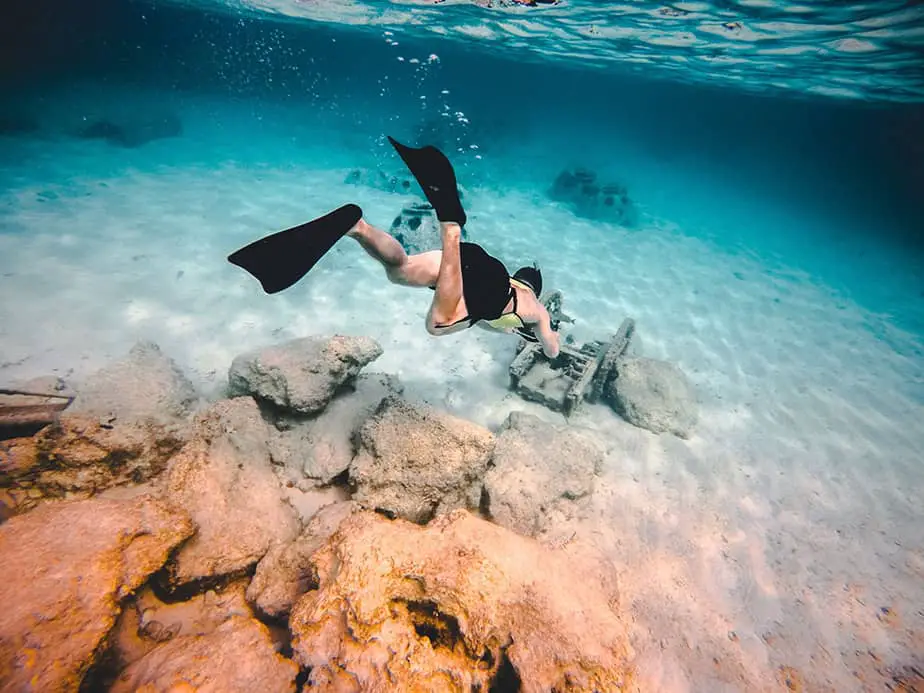
As we mentioned, yes there are sharks at the Great Barrier Reef. However, they aren’t something to be afraid of. In fact, many scuba divers and snorkelers head to the Great Barrier Reef because they want to see sharks in person. It’s literally one of the driving reasons for people to come.
Furthermore, the chances of seeing a shark while snorkeling is quite low. Sharks aren’t found near the surface as often as deeper underwater, so scuba divers have the advantage here. If your intention is to avoid sharks, then this works to your advantage.
Why are we talking about sharks so casually like they are no big deal? The reason is that what you know about sharks from how they are portrayed in the media is wrong. They have been painted to be insatiable predators with a taste for humans, but the reality couldn’t be further from the truth.
In general, sharks leave humans alone. They simply aren’t interested in us because we are not their usual prey. Sharks generally aren’t found in snorkeling areas due to how shallow the waters are and the risk of getting beached. Even if a shark is sighted, if more humans start to pay attention to it, it will likely swim away.
The sharks you are most likely to find at the Great Barrier Reef are white and blacktip reef sharks, wobbegongs, and leopard sharks. The general rules of interaction are to… basically avoid interacting with them (or any other marine life). Don’t approach them, touch them, feed them, or mistreat them. Just observe from a distance and move on.
Designated snorkeling areas are generally monitored to ensure that tourists are not engaging in practices that attract sharks or hurt any marine life. Thus, there is little reason to be concerned about sharks while snorkeling at the Great Barrier Reef.
Should I be worried about jellyfish stings?
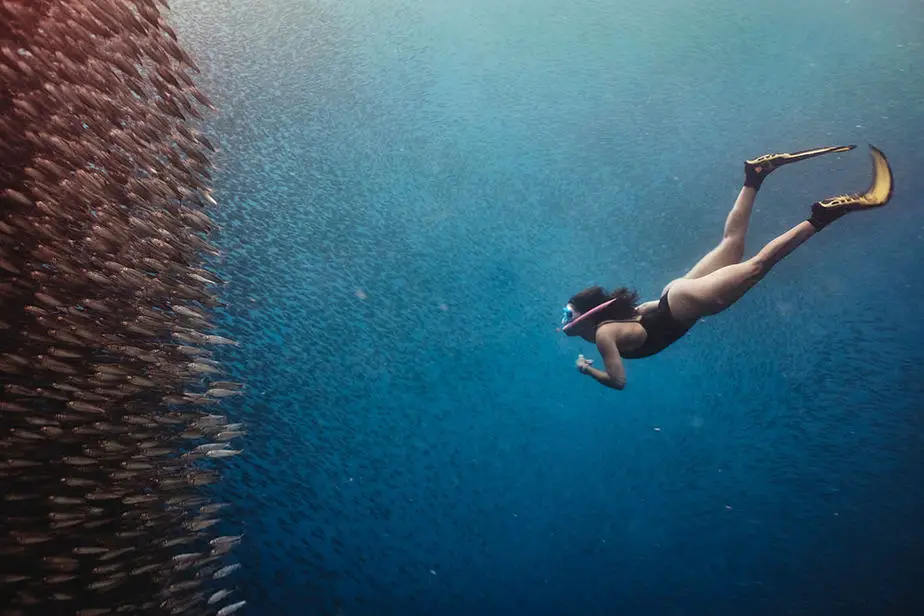
As with other tropical waters, the waters of the Great Barrier Reef are filled every season with various stinging animals, including jellyfish. During what is dubbed “Stinger Season”, stinger nets are put out to protect beaches. Operators of snorkeling tours will instruct guests to wear full-body stinger suits for their protection.
Typically, stinger season takes place during the months between November and May, though this may vary slightly each year, so check the local information at the time of your visit.
There are a multitude of tiny stinging animals that can cause a mild tingling or even painful sensation in the water, but two in particular to keep in mind are: Irukandji jellyfish and Box jellyfish.
Irukandji jellyfish are tiny and hard to spot if you’re not paying attention. Unfortunately, this does not bode well because their stings are extremely painful and sometimes deadly.
In contrast, Box jellyfish are much larger and typically found closer to shore. They are also equally painful and deadly, but due to their larger size, are easier to spot and kept away from snorkeling and swimming areas by nets. Both of these species of jellyfish are found in tropical destinations in Southeast Asia.
Fortunately for tourists visiting the Great Barrier Reef, education, awareness, and prevention are much higher here than in poorer nations.
Once again, as long as you follow the instructions from snorkel guides and boat crews, wear an appropriate exposure suit that protects against the sun’s harsh UV rays and stingers, and have common sense, then you can even enjoy snorkeling during stinger season.
How to snorkel safely at the Great Barrier Reef
In this section, we put all of the tips provided thus far into a step-by-step checklist to follow. If you’re new to snorkeling and are overwhelmed by all the information you need to keep track of to snorkel safely at the Great Barrier Reef, this section is for you.
Start off in a safe area
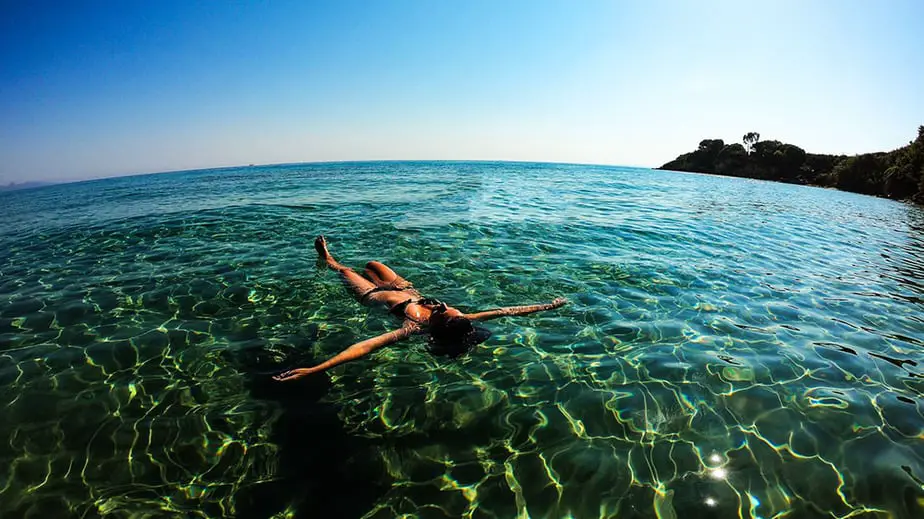
The Great Barrier Reef is massive, and some locations have different difficulty levels than others. If you’re a beginner, obviously you should stay away from the more difficult areas. Beach locations are the optimal starting place for first-time snorkelers, families, or those who don’t want to deal with large crowds or a boat trip.
With that said, boat trips to fixed pontoon locations are an excellent way to get started as well. This sheltered area provides a beautiful and safe snorkeling environment and there are even lifeguards on duty.
On the other hand, remote reefs are a terrible choice for beginners, but ideal for experienced snorkelers. It’s here that you can often get the best views and find rare marine life. However, since it’s often out in the open water, the water conditions are more unpredictable and you need to be a strong swimmer to be able to handle it.
Be honest about your swimming ability
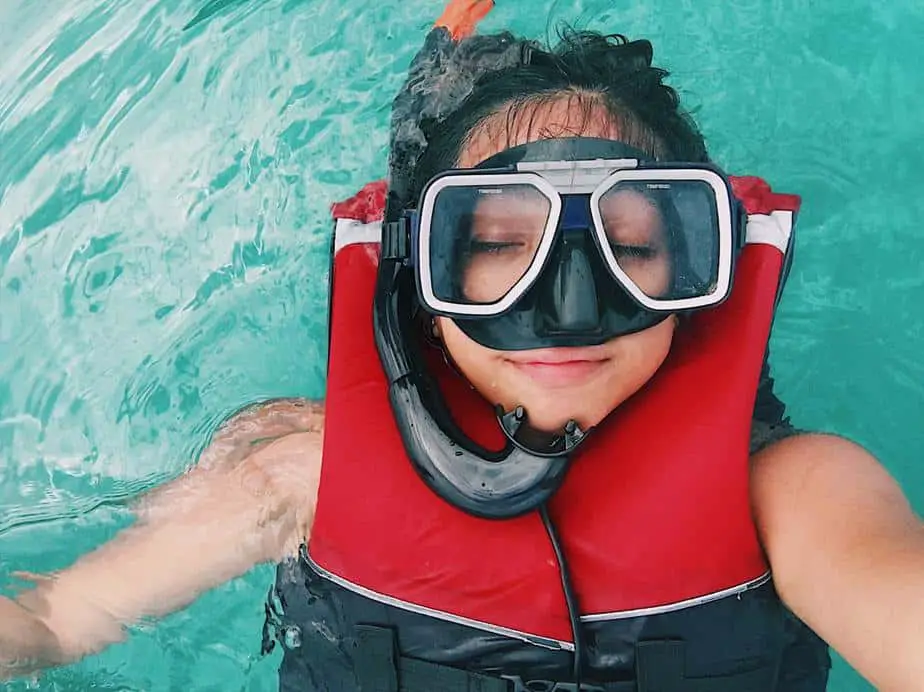
Your swimming and snorkeling ability are tied closely together. If you cannot swim, then you will struggle to snorkel. If you’re not a strong swimmer, you must wear a life vest in the water at all times. Non-swimmers are also the people best suited to go on a snorkeling tour where a guide can teach them what to do.
Make sure to let the guide, instructor, and boat crew know that you are not a strong swimmer. They can provide you with tips and keep an eye out for you. Ask them questions about any concerns you might have. The organized trips at the Great Barrier Reef won’t even let you in the water if you can’t swim at a beginner level.
Being honest about your concerns is the best way to stay safe. Stick close to the guide and the group and don’t wander off on your own. If you have any medical conditions, bring them up with the boat operator as well. In fact, you should get that checked out before going on vacation. Know your limits and stay within it. Stay close to the boat or exit point so you can exit anytime.
Follow all of the rules
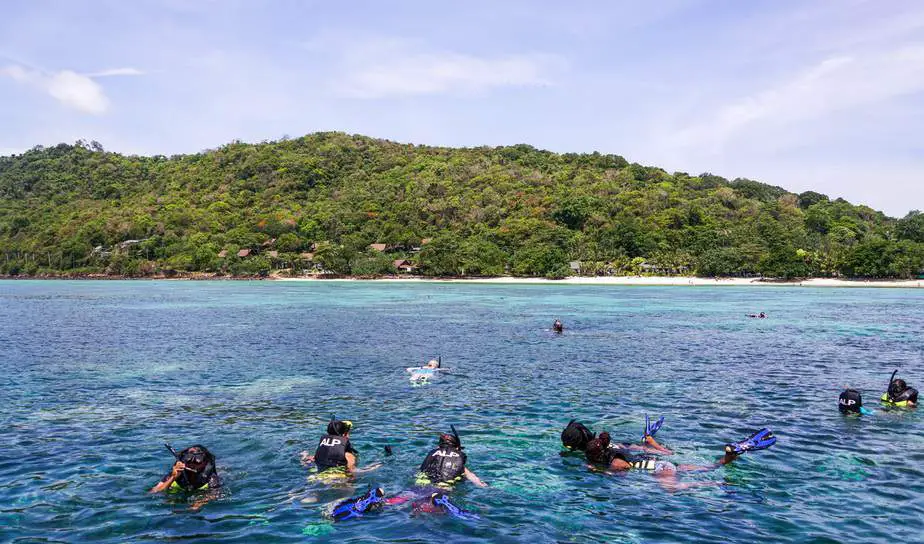
Whenever the crew and guide(s) are talking, stop whatever you’re doing and pay attention. They may be telling you crucial information about entry/exit points, best practices and what not to do, and these are all vital information to keep in mind. Pay particular attention to the safety briefings and remember the emergency procedures.
Many of the rules are not exclusive to the Great Barrier Reef. Rules like not feeding the marine life or not touching the marine life are standard rules for all snorkeling and scuba diving destinations. Feeding fish can alter their behavior and embolden them to approach humans. Touching fish can startle them and cause them to attack. Both are extremely dangerous, so leave the fish alone.
Pay attention to roll-calls. This is when the crew will ensure that all guests are safely back on board before leaving the site. If you miss roll-call, you will be holding everybody up as they scramble to find you. Needless to say, drawing the ire of everybody on the boat trip is a bad idea.
Take steps to avoid seasickness
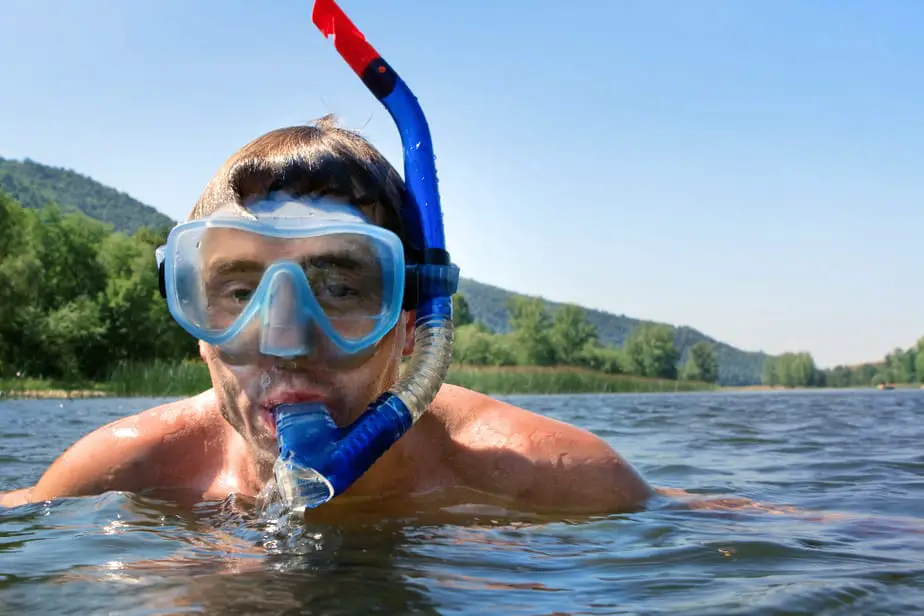
A standard boat trip might take over an hour long to reach the snorkel area. During that time the ride will be bumpy and you might start to feel nauseous before you’ve even started snorkeling. If you do suffer from motion sickness, there are some steps you need to take beforehand to prevent it.
We recommend taking motion sickness medication as a prevention method. Read the label and follow the directions. Some motion sickness medication is intended to be taken a day before, so if you’ve just discovered this the morning of the trip, it may already be too late.
The next tip is to avoid eating too large of a meal before you go on the boat. All that bumpiness will only make your stomach feel uncomfortable and your urge to vomit even greater. That’s not to say that you shouldn’t eat. It’s still recommended you eat 2-3 hours prior to a trip for energy. Just make sure you aren’t eating any “heavy” meals like a steak dinner which takes a long time to digest.
Keep your hands and feet to yourself
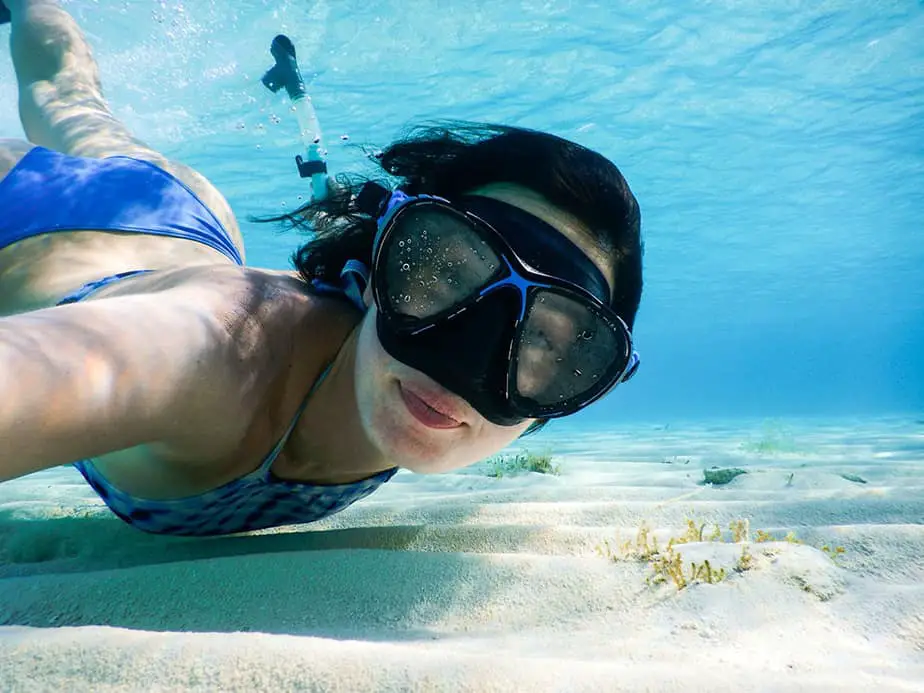
One of the most important rules for snorkelers is to not touch anything in the water. Full stop. It doesn’t matter if you think a fish looks happy, or if you’re being gentle, if the fish or coral looked fine afterwards, or whatever other justification you have. Just don’t do it.
One of the reasons why the coral reefs are on the decline is due to the effects the tourism industry has on it. Too many snorkelers end up inadvertently killing corals by touching them, kicking them, or wearing sunscreen around them. Corals are very brittle, and their branches break easily. Even kicking up sediment around corals can cause the sand to settle on them and block their precious sunlight.
Some snorkelers like to snap a branch off the coral to take as a souvenir. It will take years for the coral to recover, and there is also the risk of getting stung by the coral. If you’re too close to coral, a strong wave can also easily push you into it, causing significant damage to both.
Additionally, teasing or harassing aquatic life can cause them to attack in self-defense. This is the most likely cause of an injury. Snorkelers should also not feed the marine life. This will condition them to approach humans, and increases the chances of a negative interaction.
Essentially, keep a distance of a few meters from marine life and observe them, but don’t touch them. Even the most peaceful, friendly-looking creature may end up snapping at you if it feels threatened, so keep your hands and feet to yourself.
Choose an eco-friendly operator
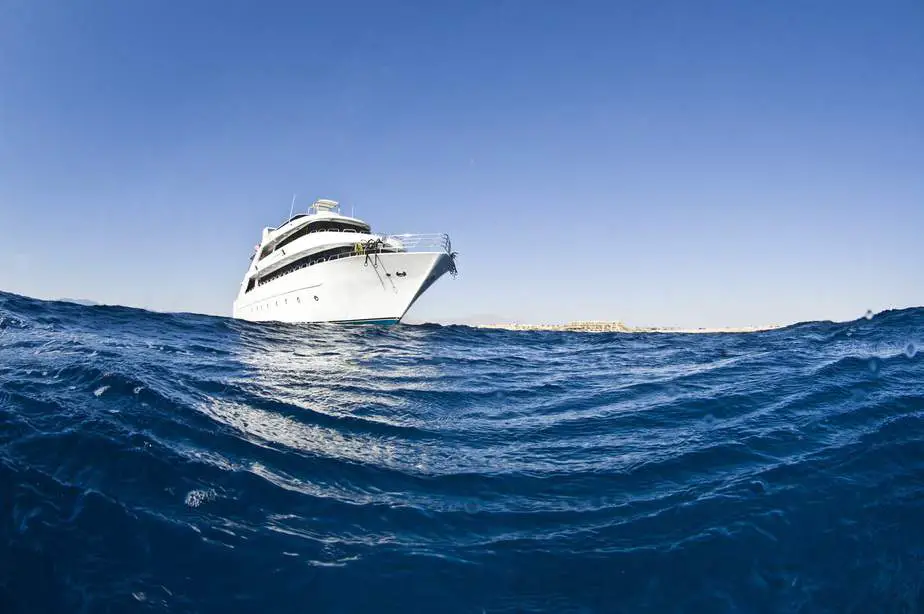
We mentioned that the coral reefs are declining, and even the Great Barrier Reef has experienced a massive loss of corals due to global warming and pollution. Thus, you want to look for a High Standard Tourism Operator (HSTO) who is running their business in an ecologically sustainable manner to ensure the preservation of the coral reefs.
For instance, are they using mooring buoys instead of anchors? Whenever a boat drops an anchor, it can easily smash a coral underneath, ruining it irreparably.
Additionally, boat operators need to be careful with their waste disposal. Many boats simply dump the waste from their boats without regard,a dn this can pollute the waters and kill the corals. Waste like oils, human waste, cleaning products, plastics, and toilet paper are all detrimental to the ocean.
Look out for crocodiles and jellyfish
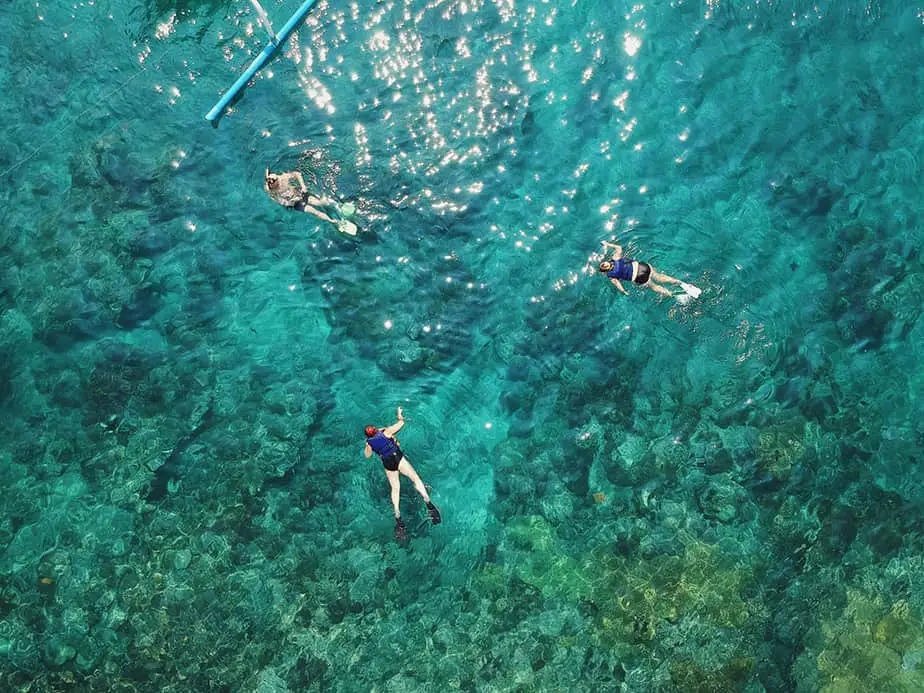
Crocodiles can sometimes be found on the beach and at reef locations. This is Australia after all, where everything is dangerous and trying to kill you (said with a hint of sarcasm). So keep your eyes peeled and follow crew instructions. Pay attention to the local information about wildlife sightings or water conditions as well. If you see a crocodile, stay far away from it.
Jellyfish can be found en masse during their seasonal visit. If you happen to be at the Great Barrier Reef during stinger season, you had best wear a stinger suit at all times to avoid the painful stinging sensations which could ruin a snorkeling session.
Don’t drink and snorkel
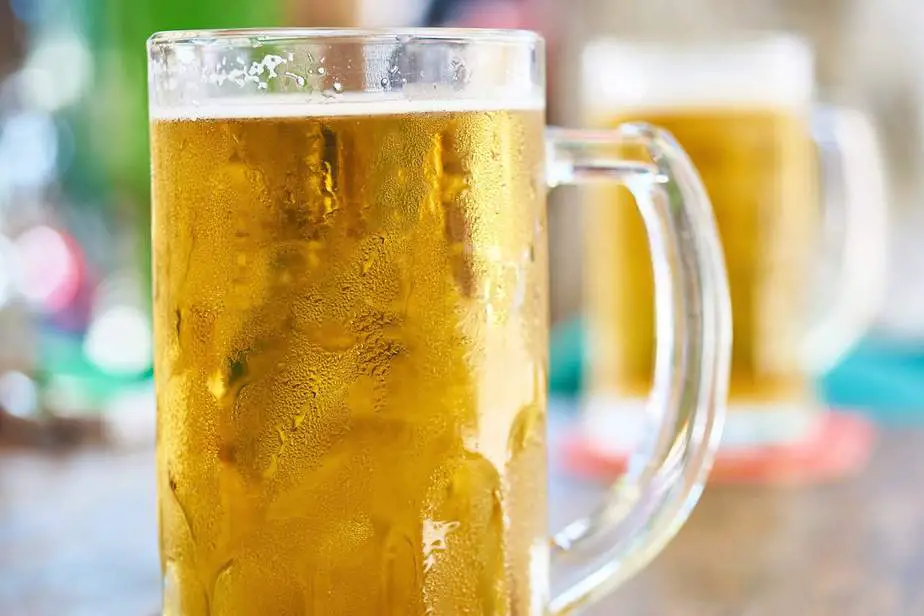
We get it. You’re on vacation and want to crack open a few cold ones, and the hot climate of Australia makes them all the more enticing. However, if you plan on entering the water anytime within the next few hours, then hold off on the alcohol.
For the same reasons why consuming alcohol is dangerous while driving or operating heavy machinery, I hope you can see why consuming alcohol before entering the water is a terrible idea.
Alcohol will dehydrate you, impair your senses and judgment, and affect your coordination. Each of these things are vital to have because the ocean can be unforgiving and you need your wits about you to stay safe. Being dehydrated will cause you to have cramps and feel lightheaded and weak, among other problems.
You are doing yourself no favors if you drink alcoholic beverages prior to snorkeling or scuba diving.
Wear sunscreen
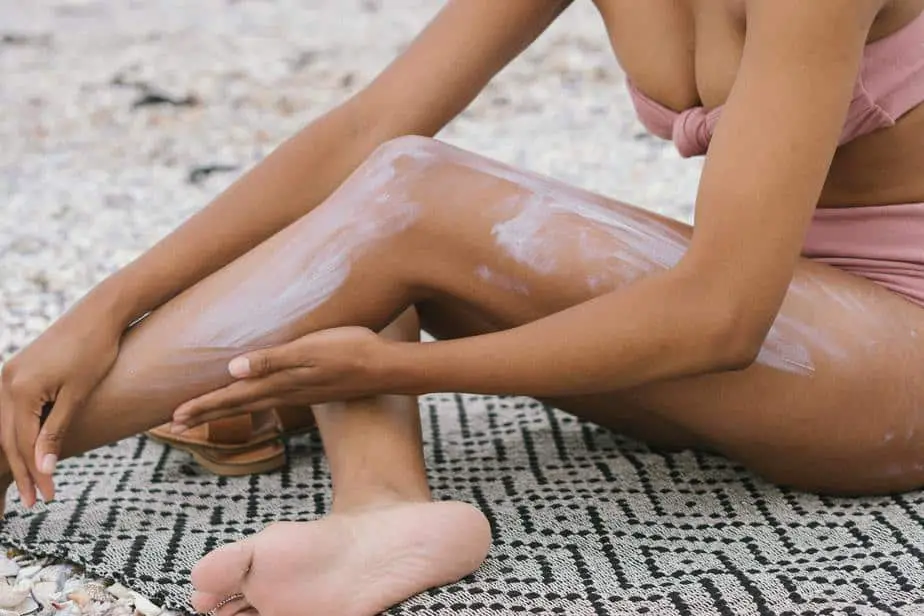
Most people know to wear sunscreen. What most people don’t realize is that unless the sunscreen is specifically reef-friendly sunscreen, then it contains chemicals that can cause coral bleaching. All of the harmful chemicals found in regular sunscreen can be found in the HEL List. Even if a product is marketed as reef-safe, check the label for any ingredients from that list. If so, it’s going to harm the reefs.
You should also remember to apply sunscreen approximately 30 minutes before you head out into the sun. This gives the sunscreen time to be absorbed into your skin. Depending on the type of sunscreen you have, you may have to re-apply it every 30 minutes, or 60-90 minutes for water-resistant sunscreen.
To save on how much sunscreen you need to wear, consider wearing UPF clothing. Any clothing with a UPF rating is designed specifically to block the sun’s UV rays. It’s recommended that you wear a full rashie or snorkeling wetsuit to cover 90% of your body so that you only need to wear sunscreen on the exposed areas.
Getting sunburned on vacation isn’t fun, so wear sunscreen and appropriate clothing to keep your skin nice and healthy.
Parting words
Snorkeling in the Great Barrier Reef is an absolute blast, and as far as safety goes, it’s at least as safe as anywhere else if not safer. As long as you stick with eco-friendly operators and snorkel in popular and safe snorkeling destinations, then you’ll always be surrounded by people who can provide assistance if necessary.
As long as you know how to swim, follow the rules, stick to your limits, have basic common sense, then you will have a great time snorkeling in this world-renowned tropical paradise.

